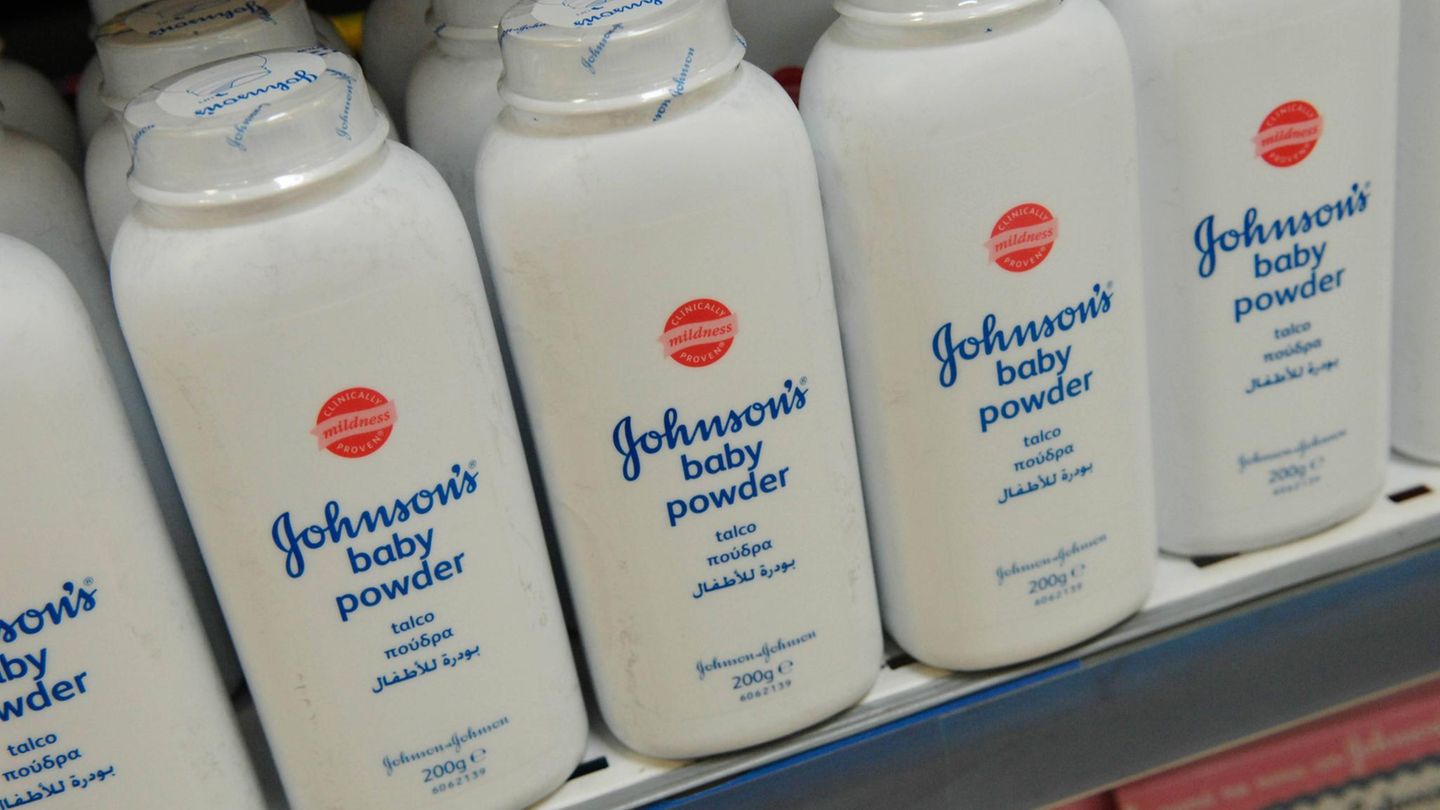31.6% of Argentines were below the poverty line during the first half of 2025while 6.9% stood behind the indigence lineaccording to him INDEC. Both figures were reduced both in interannual terms and with respect to the previous semester, although specialists highlight methodological problems in the measurement.
In the second half of last year poverty had been 38.1% and the destitution of 11.4%. The fall in the last six months was a consequence of The total family income grew above the total basic basket (CBT), used as a threshold to measure poverty, and the basic food basket (CBA)which determines the indigence line. Indeed, while admission increased 26.3%the CBT and the CBA rose 13.2% and 12.3%respectively.
The main reasons for the fall in poverty
It is worth noting that, in the same period, the general inflation was 15.1%, while the nominal wages of registered workers rose 14.6%. Therefore, the least poverty is explained by a combination of a Minor inflation in necessities And a strong Jump in the income of informal workers.
“The informal and accounts, who had been the most affected by high inflation, were the most benefited by the deceleration in the price increases. This was accentuated by the Improvement in the capture of income of the EPH“The consultancy analyst explained to the field balances, Gonzalo Carrera.
The economist emphasized this last point, highlighting that, as a result of high income in historical terms, “We have a poverty similar to that of 2018 when no income from administrative sources (formal salaries or retirement, for example) returned to those levels“
“Always, everywhere in the world, people say they earn less than they really win. What happened In the last year it is that this sub -disclaration fell considerably“He said about it Daniel SchteingartDirector of Productive Planning of Fundar.
By extrapolaring the EPH data to the total population, it can be concluded that in Argentina they were 15 million poor people In the first half of the year. Regarding the last semester of the Government of Alberto Fernández there was a decline of almost 4.5 million peoplealthough far from the 12 million that highlights the current management of Javier Milei in his story.
Discussions around the official methodology to measure poverty
The measurement of income poverty is under discussion by Lack of updating the basic baskets, which should be carried out based on the National Household Expenses Survey 2017-2018 (Engo) and not with that of 2004. The difference between both surveys is that the second reflects an old consumption pattern, with a lower weight of services, which in the Milei era registered greater price increases than in the case of goods.
In addition, in a recent work balancing that “the high macroeconomic volatility of recent years – high levels of inflation and change of relative prices – and the modifications of the samples/questionnaires of the EFH, They distort the perception of income levels by the agents surveyed affecting the accuracy of the home income information process. “
Within that framework, the objective of the aforementioned work was to build a new series of poverty, which contemplates both the correction of the basket used and the sub -disclaration of income. The result indicated that, for the period between October 2024 and March 2025, poverty was from 43.3%much higher than the 34.7% reported by INDEC for the same period.
Image
Thus, The reduction of poverty in the last year, with the corrected measurement, would be between 12 and 13 percentage points, and not 20 as the official numbers show.
On the other hand, Schteingart also marked the temporary lag between income collection and basket measurement. “The Eph asks about the entry of the work of the previous month and compares it against the basic basket of the current month. When there is a lot of monthly inflation, that lag adds many poor. When you have low inflation, that effect practically disappears, “he deepened.
Age and region poverty levels
INDEC data reflected that the average total family income of poor households was $ 671,492while the average CBT of the same group of households reached $ 1,065,691. This gap was from 37% and remained unchanged with respect to the previous publication.
At an age level, the highest level of poverty was verified in the children up to 14 years (45.4%). While, at the regional level, it was the Northeast the one that threw a more worrying number (39%).
Source: Ambito




